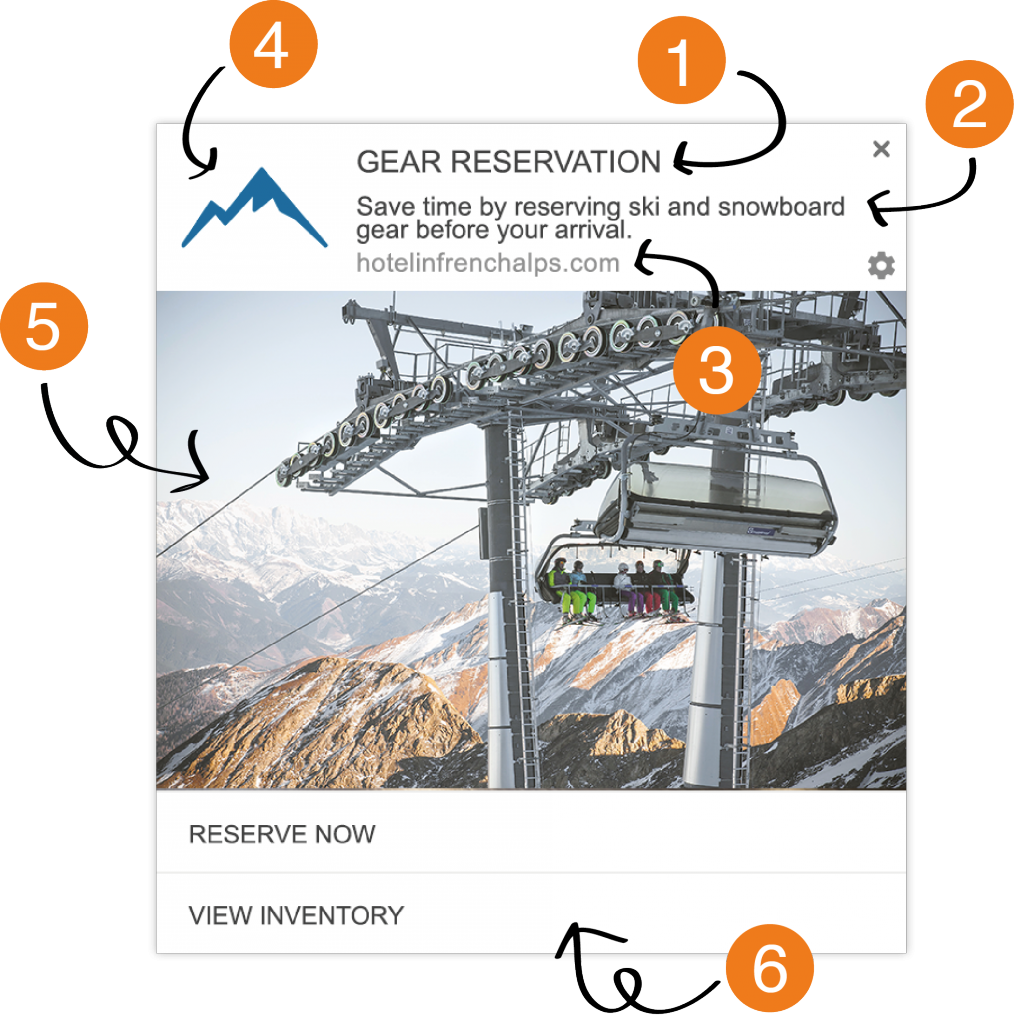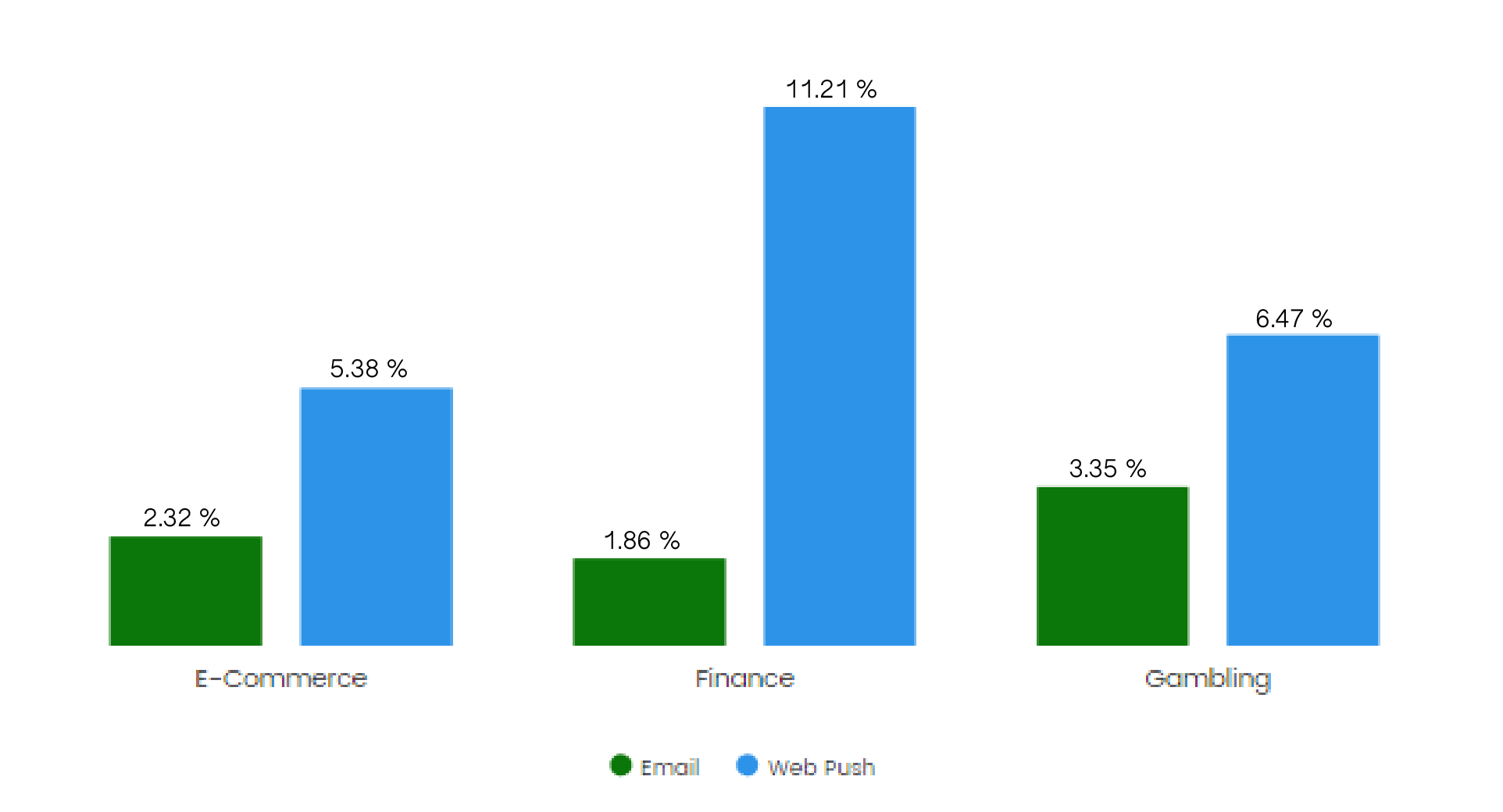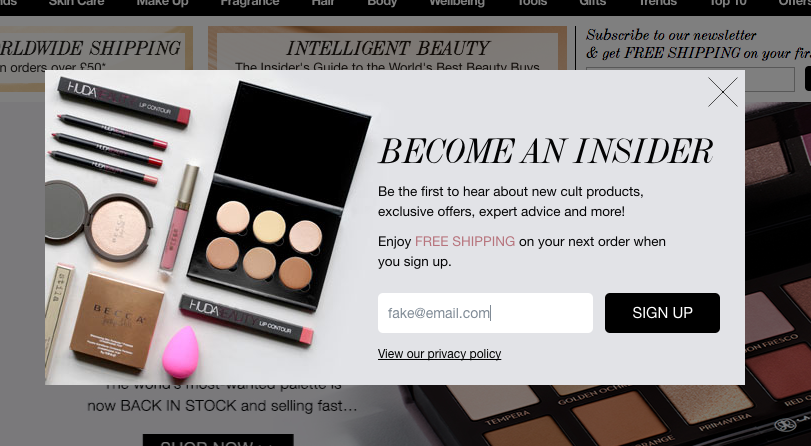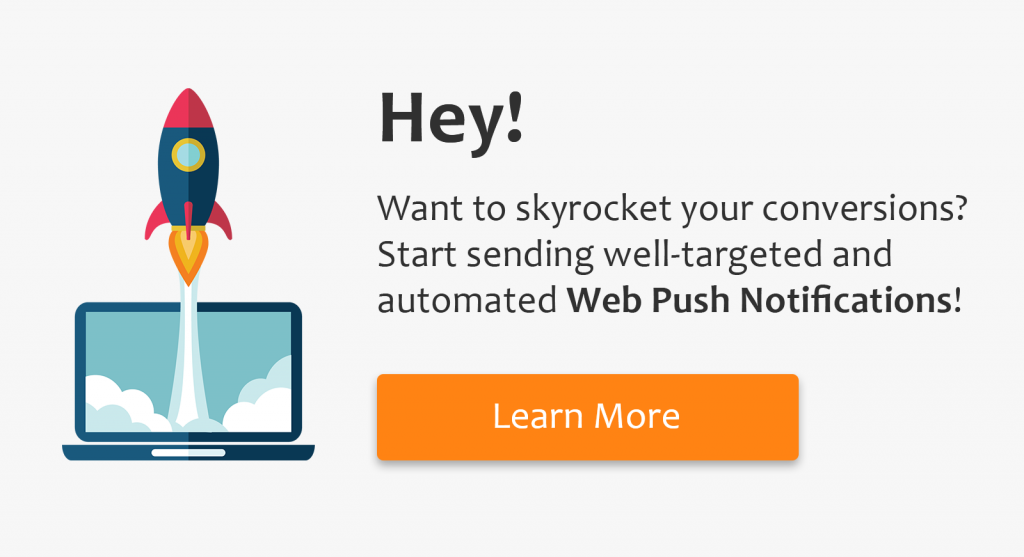
Over the years email marketing has proven to be an effective way to communicate with clients and prospects. However, now it isn’t the only way stay in touch. With growing recognition and adoption of web push notifications, communication with a prospect is transforming. Lately, more and more marketers ask which is better?
Easy subscription
Internet users are impatient. Pages that take longer to load or forms that are lengthy and require extra effort to fill are abandoned within a matter of seconds.
Subscribing to a newsletter, or signing up to a website requires active engagement: inputting information, submitting and sometimes even confirming it through the email. Subscribing to browser push notifications requires only one simple action – a click.
It is simple – the easier it is for a visitor to engage with your brand, the bigger chances you have to convert him.
Privacy protection
Providing email address is an inevitable part of any sign-up or account registration form, let it be e-commerce or finance website. Most businesses subscribe clients to their newsletter automatically at the very moment they receive their contact information. While some of the customers are interested in commercial offers, the big majority don’t even bother to open such emails and often wonder why they even receive them.
On contrary, push notification subscription is purely dependent on one’s decision whether he accepts or declines the invitation to receive push notifications in the first place. No one else but website visitor himself can subscribe to push messages. This means visitor makes choice for himself.The privacy of each subscriber is guaranteed by Google, as push message can be sent only through accepted domain, and only when intention to receive this message is clearly expressed by the user. That’s why, differently than emails, web push subscriptions can’t be resold nor shared with third parties.
Most importantly, the privacy of each subscriber is guaranteed by Google, as push message can be sent only through accepted domain, and only when intention to receive this message is clearly expressed by the user. That’s why, differently than emails, web push subscriptions can’t be resold nor shared with third parties.
High click-through-rate
Growing amount of commercial emails sent every day makes it difficult for marketers to cut through all the noise. Just to get the picture, let’s take a look at some outstanding email statistics.
- There are almost 270 billion emails sent every day;
- 121 is a number of emails an office worker receives each day;
- 2.83 % is an average click-through-rate for retail emails;
Even if click-through-rates of emails vary from industry to industry, with the amount of emails received daily, the struggle to be noticed is real.
One of the reasons why push notifications are becoming so popular is the conversion results they bring. By comparing average click-through-rates of browser push and emails, we can see a clear winner that receives more attention from the audience.
If significantly higher click-through-rates do not convince you to try web push notifications, what would?
Real connection
Chances are 3 out of 10 customers will intentionally input incorrect contact information when submitting their personal details online. Unfortunately, that means every time you send commercial emails, partially you are reaching out to non-existent prospect.
Web push notification subscription can’t be falsified, as a visitor doesn’t have to provide any personal information. The only thing he is asked to do it give your website a permission to send push messages. It means that behind every accepted invitation there is real person you can reach at any time you want.
Time efficient
Any marketer would agree that crafting newsletters is not easy. It takes time to write a compelling headline, put together news, offers and illustrations. Not even speaking about editing, reviewing and proof-reading.

Push messages are short. They are meant to attract the attention of a prospect to direct him to certain pages of the website. That is why texts need to communicate a clear message. And even though creating high converting push notification requires attention and careful targeting, it certainly is less time consuming as only a few lines need to be written: eye-catching title and explanatory message.
Instant delivery
Push notifications enable a chance of instant communication with customers and prospects. And while emails take time to be delivered, push messages reach clients instantly. Why it matters? Let’s say you have a special promotion on your e-commerce store that ends today. By sending a short reminder about it to your clients, you can significantly increase your conversions. And this is just a simple example how real-time communication with clients can benefit you.
Genuine interest
This point is closely connected to the previous one. Most of us receive unwanted newsletters we have never signed up for, push messages reach those prospects and clients who want to hear from your website.
If a visitor agreed to receive push notifications from your website, chances are he is genuinely interested in what you have to offer. It also means, your offers have a greater chance to convert prospects into paying customers or encourage existing clients to come back to you.
It is fair to say that push notifications have some significant advantages over emails that simply cannot be overlooked. Communicating with prospects in real time is now crucial to marketing strategies. And while most emails get lost in your prospect’s inbox, push notifications are able to cut through all the digital noise and deliver your message instantly, assuring better conversion results. Therefore, more and more marketers are rushing to adapt browser notifications as yet another powerful communication tool.




